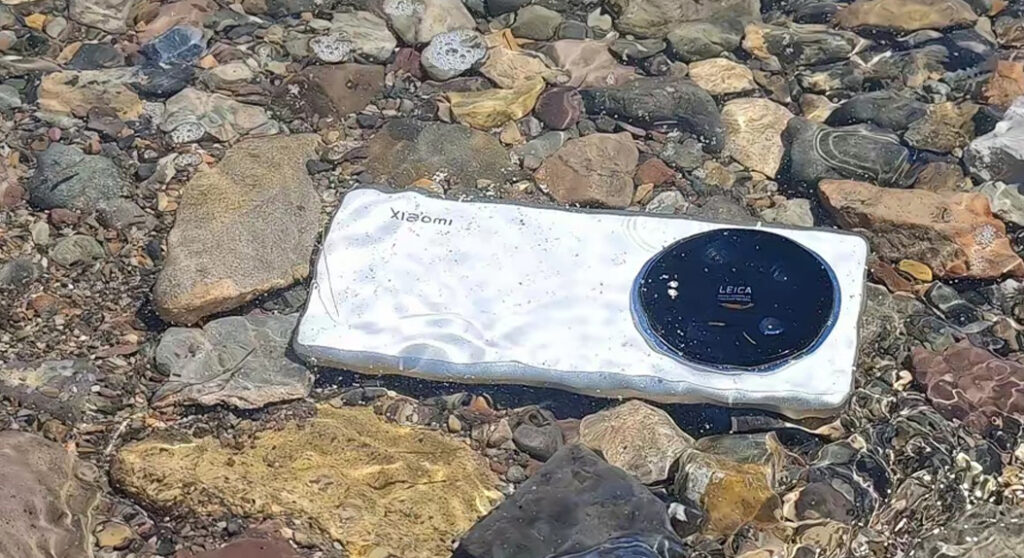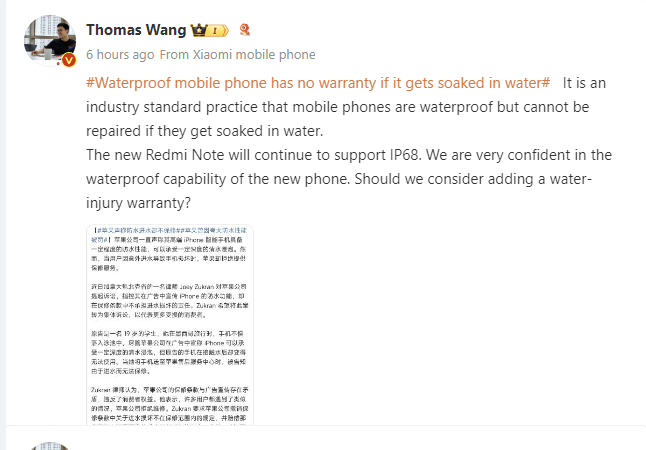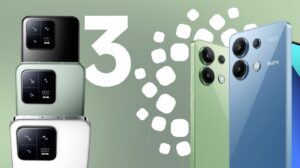In a court fight that has the attention of the tech industry, a Quebec, Canada-based attorney has filed a class-action lawsuit against Apple. The lawsuit is filed against the technology giant for deluding consumers through its advertisements, where it touted its iPhones as waterproof, but it simultaneously refused to cover water damage under the warranty. Zukran argues this discrepancy between advertisement and warranty conditions is a violation of consumer rights.
The case has now thrown up a wider debate on how manufacturers handle claims concerning waterproof phones and how a common practice could be considered to shock many: while phones are marketed as waterproof, damage from water immersion generally isn’t covered under warranty. It isn’t an Apple-only issue; instead, it is an industry practice, explained Xiaomi’s Redmi General Manager, Wang Teng.
Waterproofing, According to Xiaomi: Now an Industry Standard Practice
In response to the suit and heated debate on Weibo, Wang Teng addressed this very issue. He said it is normal that phones reach the waterproof level while excluding damage by water from warranty coverage. According to Wang, this doesn’t signify that manufacturers mislead customers; instead, this reflects the limitation of current water-proof technologies and usage environment.
He went on to add that even so, the new series of Xiaomi Redmi Note-basically the future Redmi Note 14 series-will keep supporting IP68 waterproof and dustproof, meaning very high protection against dust and the action of immersion in water. Wang Teng showed confidence in the strength of their phones but clarified the role of user responsibility with regard to phones in contact with water.
Why Isn’t Water Damage Covered?
The complaint against Apple points to a more general problem in the mobile industry: IP68-rated devices might survive water exposure at some depth for a prescribed amount of time but are far from immune to water-related damage in real-life situations. Included here are humid bathroom and hot spring environments in which water vapor permeates the device, internally corroding it without direct exposure to water even taking place.
Wang Teng’s statement highlights that while such devices can withstand a temporary exposure to water, their design is not meant for a longer time of immersion or extreme conditions such as high levels of humidity. This is the reason why in many cases, warranties do not cover damage caused by water even if the phone is rated to be waterproof.
Best Practice by Users: Avoid Exposure to Water
While the IP68-certified phones do offer some form of protection against water, users still have to take care not to expose their devices to humid environments, water splashes, or extended immersion. In reality, no phone can be said to be totally resistant to water, especially in conditions that exceed specifications of the IP68 rating. Wang Teng’s comment goes towards reminding users to be very careful with their gadgets near water, even if the particular waterproofing is hyped by the phone maker, so that it does not happen suddenly that it gets damaged and they have to incur extra costs of repair.
This suit against Apple underlines there is a huge mismatch between the marketing of waterproof phones and the warranting. Giving a good example, the upcoming series from Xiaomi-the Redmi Note 14 series-got its rating as IP68. However, users should be aware of the limitations of waterproofing and must take proper care with their devices near water. As Wang Teng shows, this is an industry-wide standard and not a deceptive practice; the consumers should be attentive to all such issues to avoid expensive repairs. This case reminds us again that with advanced technology, one needs to stick to the best practices for elongating the life of a device.


 Emir Bardakçı
Emir Bardakçı



Good